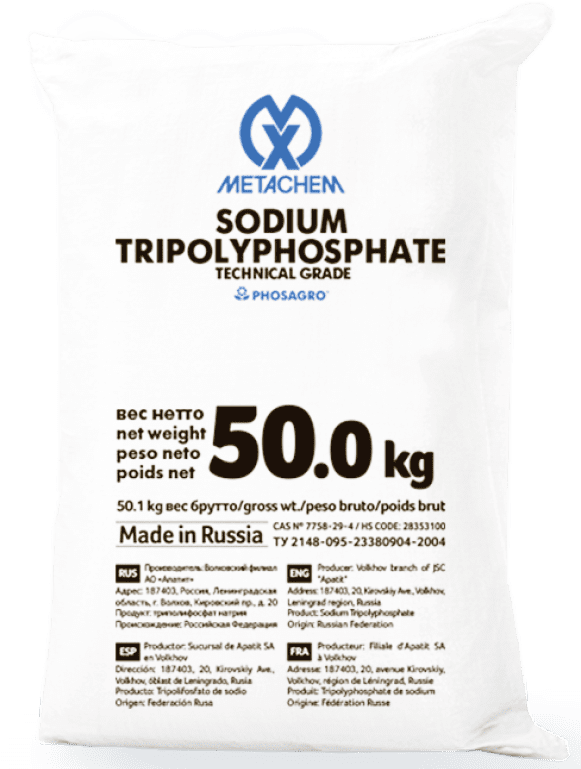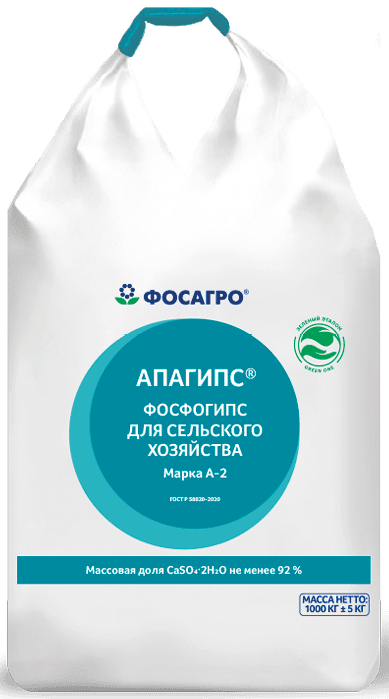Operational performance
2023 marked another year of record‑breaking production and sales for PhosAgro. We manufactured 11.3 mt of agrochemicals and supplied 11.1 mt to our customers. Both figures demonstrate an increase of about 2% over our 2022 successes.
Production of phosphate‑based fertilizers escalated to 8.4 mt (up 2% y‑o‑y), and nitrogen‑based fertilizers saw an even slightly more rapid increment, with a 2.3% yearly rise to 2.6 mt. Our nimble response to shifts in market demand continued, with adjustments made to our production and logistics workflows to accommodate changing consumer needs. In 2023, PhosAgro’s output of DAP/MAP surged by 8.4%, ammonium nitrate by 4.4%, and APP by a whopping 75.2%. That said, we marginally curtailed the production of NPK and NPS fertilizers to most effectively align with the market environment and thereby maximise the profitability of our manufacturing and sales activities.
The boost in output and product shipments to our customers was comprehensively backed by the relevant upscale in chemical feedstock production (chiefly sulphuric and phosphoric acid), where we also achieved a 2% increase in volumes compared to 2022.
But there is one thing that stands out as a source of particular pride. The Company perpetually refines its corporate occupational safety culture, engaging in daily efforts to improve working conditions and elevate the safety of our manufacturing processes. We are proud to highlight the significant achievement of completing the year 2023 without any major incidents, including accidents and fires.
Alexander Gilgenberg General Director of Apatit
PhosAgro is the largest producer of liquid nitrogen‑phosphorus fertilizers in Russia

are at the heart of our business.
In 2023, we diversified our product mix to encompass 58 grades, covering varied fertilizers, feeds, and other products enjoying robust market demand. A significant portion of our offering consists of newest fertilizer grades developed over the past five years.

Mineral fertilizers
Nitrogen‑phosphorus and complex fertilizers
Nitrogen‑phosphorus and complex fertilizers with micronutrients
Nitrogen‑based fertilizers
Liquid complex fertilizer

Feed additives
Feed grade urea
Feed grade monocalcium phosphate
Sodium tripolyphosphat

Industrial products


Concentrates
- High‑grade phosphate rock
- Syenite alkali aluminium concentrate
- Nepheline concentrate
Upstream
Kirovsk Branch of Apatit mines apatite‑nepheline ore at six fields of the Khibiny deposits in Russia’s Murmansk region using both underground and open‑pit mining methods. PhosAgro Group’s feedstock reserves are of igneous origin, which means that they do not have concentrations of toxic heavy metals. The Company’s phosphate rock is extremely rich in P2O5. The mineral resource base (including off‑balance reserves) at one of the world’s richest and purest deposits is expected to last for about 60 years.
At the close of 2023, reserves at the Rasvumchorr Plateau saw an augmentation attributable to the allocation of reserves from the unallocated area under licence MUR 00892 TE. Conversely, for other deposits, there was a decline in balance reserves from the previous year, which aligns with the extracted ore volumes.
Currently, the Company is shifting its resource base development profile from open‑pit mining to a higher share of underground mining. In the reporting year, the share of open‑pit mining came in at 77%.
The total apatite‑nepheline ore production in 2023 nearly matched the preceding year, with a marginal decrease of less than 0.8% to 39.2 mt from 39.5 mt in 2022.
A significant development in October 2023 was the launch of the second start‑up facility (Yukspor flank) at the Kirovsky mine, signifying a milestone in the Construction of +10 m level project. The effort involved roughly 2,000 specialists from more than 50 contractors. These were underground works, melding bleeding‑edge technologies with exceptional technical solutions, inclusive of ballastless railway tracks and high‑capacity rolling stock. The crushing and delivery equipment utilises durable materials and pioneering technologies to extend useful life, while state‑of‑the‑art equipment bolstered the productivity of the continuous handling system for both the Kukisvumchorr and Yukspor flanks. The facility will help us compensate for diminishing ore volumes and ramp up ore production at the Kirovsky mine to 25 mt per annum over the next triennium, an 8.6% increment relative to existing production figures. The total investment earmarked for this project is estimated at RUB 38.4 bln.
In 2023, the Company continued with the investment project to construct a new mine for the Rasvumchorr Plateau deposit.
The project encompasses the construction of two start‑up facilities. The first one at the +430 m level with a 4 mt capacity is set to commence ore extraction in 2Q 2025. The second one at the +310 m level is slated for launch in 2031, with a maximum production capacity of 6 mt by 2035. The total capital investment for this venture is estimated at roughly RUB 37.7 bln.
By year‑end 2024, underground mining is to begin within the Gakman block of the Kirovsky mine’s Yukspor deposit.
On top of that, we remain committed to the active implementation of our sustainable development strategy. In 2023, the mining and processing plant of Apatit consumed a total of 300 million kWh of green electricity. The share of its output produced using green electricity generated by the hydroelectric power plants of TGC‑1 increased to 18.1%.
The Company proceeded with its Vostochny mine development project seeking to intensify open‑pit mining. In 2023, the project boosted the Vostochny mine’s production capacity to 8.6 mt of ore annually. The target to further develop and increase the Vostochny mine’s production was revised to 9.5 mt by 2027, as outlined in the updated Programme for the Development of the Ore and Raw Material Base of Apatit’s Kirovsk Branch for 2019–2035.
Feedstock
In 2023, the production of phosphoric acid, the key feedstock used in phosphate fertilizers, reached
increasing by 4.6% y-o-y on the back of earlier production unit upgrades and increased equipment utilisation efficiency.
In 2023, sulphuric acid production was up by 2.5% y‑o‑y to
This was fuelled by greater efficiency of sulphuric acid production in Cherepovets and the launch of a new sulphuric acid facility in Balakovo in late 2023.
Ammonia output was virtually flat y‑o‑y at nearly
The decline in ammonium sulphate output in 2023 can be attributed to the scaled‑down production of NPS grades in line with the market environment.
Phosphate‑based fertilizers
The year of 2023 saw a 2% annual increase in phosphate fertilizer production, reaching close to 8.4 mt, bolstered by elevated outputs of both phosphoric and sulphuric acids, with ammonia production maintaining high levels.
Production of primary DAP/MAP fertilizer grades rose by 8.4%, setting a new record of over 4.5 mt. Of special note, MAP output surge by 12.9% y‑o‑y came, among other things, from the new production facility in Volkhov, erected as part of the Company’s long‑term development programme.
In response to market demands, interchangeable NPS, NPK, and APP phosphate fertilizers varied as follows in 2023: a 19.6% decline in NPS production and a 3.5% reduction in NPK output, whereas APP production remarkably soared by 75.2%.
Nitrogen‑based fertilizers
In 2023, production in the nitrogen segment went up by 2.3% y‑o‑y to 2.6 mt. Production of granulated ammonium sulphate, urea, and ammonium nitrate gained 1.3%, 1.6%, and over 4%, respectively.
Output of other marketable products, which primarily includes sodium tripolyphosphate and sodium silicofluoride, amounted to 286 kt, down 5.2% y‑o‑y.
In 2023, PhosAgro Group increased total fertilizer and feed phosphate sales by 1.7% y‑o‑y to hit an all‑time high of 11.1 mt.
Sales of phosphate‑based fertilizers amounted to 8.6 mt, up 2.1% y‑o‑y. The increases came on the back of strong demand for these fertilizers in the Latin America markets. We were able to meet the growing demand by boosting MAP production in 2022 after launching a new facility at the Volkhov site.
In the nitrogen segment, sales were up by 0.4% y‑o‑y, due to a high seasonal demand and the availability of fertilizers for end users.
Within the Russian market, a focal point for PhosAgro Group, deliveries saw a 12% increase, equivalent to an additional 0.2 mt. This uptick was instrumental in boosting the total sales figures for 2023 by 1.7%.
